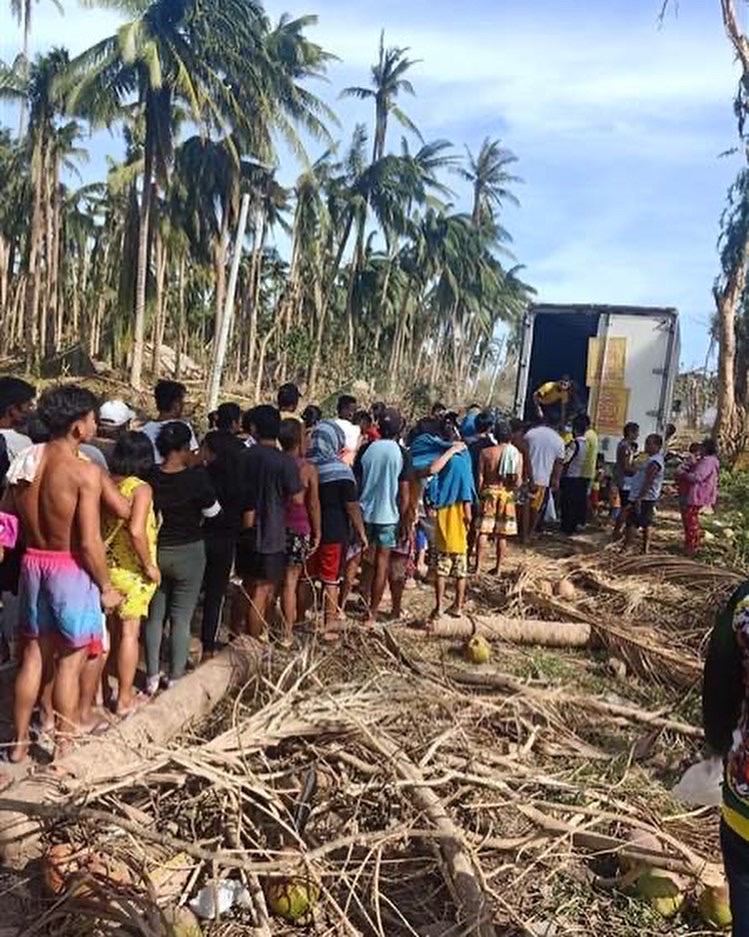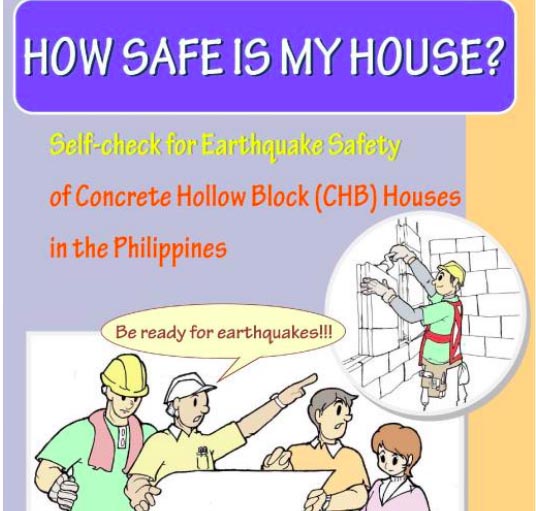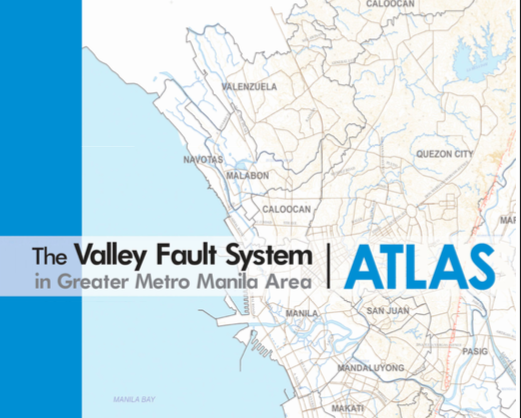Toward a multimode communication network for disaster management
INFORMATION chaos is bound to happen in the aftermath of a disaster situation because it is possible first responders could get affected. With my limited internet in the mountains, my social media timeline alerted me to how Typhoon “Odette” (International name: “Rai”) hit Cebu, Siargao, Dinagat Islands and other provinces. My source was Twitter. When data connection is spotty in places like the highlands, Twitter loads faster than Facebook and Viber. I have never seen Cebu, my hometown, in such a wreck, so I used the search function on Twitter and Facebook for updates. Based on the complaints on twitter, affected netizens felt the devastation is underreported. They do not have news about what is happening to their families or in nearby areas. With intermittent connection, I could see many complaints saying the national media is not covering the devastation. But major newspapers provided updates on their social media platforms. I think the limited communication access in Odette stricken areas due to damaged internet infrastructure prevented them from sending text messages or scrolling through the news online.
READ: #OdettePH Relief Efforts
My fellow Cebuanos may not know it, but I read social media posts on relief drive initiatives starting in the early dawn of December 17. Ryan Macasero, a Cebu correspondent for Rappler, provided the picture of the challenges in covering the news. “If you’re frustrated about the slow pace of news coming out of the Visayas, so are we. To give you a sense of what we’re dealing with here, I’ve had about 5 minutes of decent data in the past 2 hours. We contact our home base in Manila in few minute spurts.” A friend says “we need to think seriously about how to provide information in an emergency. Even social media did not serve internet as news discovery platform, because there was no internet.” Radio would have been helpful if everyone used their battery powered transistor radios for updates. Desperate for news, Max Limpag, a Cebu-based journalist, tuned in to AM radio only to hear radio drama. In times like these, Limpag missed ABS-CBN and its Cebu radio affiliate DYAB who would break programming to focus on disasters. With the internet infrastructure devastated in Cebu, Limpag added that radio would have been the best medium for updates. Another suggestion is to use text only subdomain, not just mobile only. The text news like WAP, with no scripts and trackers, would be helpful with intermittent and slow networks.
Those who are outside the disaster zones could help share credible news. Twitter Philippines (@TwitterPH) provides more tips on how to search and find credible information around disaster management. On the app, click on explore tab then type and enter your disaster management-related keyword or query into the Search option on the top. I used the keyword “#OdettePH Cebu” and tab on the latest tweets. A prompt on “ThereIsHelp” would appear. Just click on it to access credible information and facts on the issue. There is also a Crisis & Disaster Relief list of agencies to get updated events and other news from reliable sources.
While the Philippine Atmospheric, Geophysical and Astronomical Services Administration (Pagasa) and the National Disaster Risk Reduction and Management Council (NDRRMC) provided updates via text messages before the onslaught, feedback from friends is that they were so under-prepared for the intense winds. The wind sounded like construction machines and bulldozers. Another described it as a hammer pounding on the roof. In my Cebu Viber group, one commented that “Pagasa miserably failed and so did the NDRRMC. I reviewed their text messages, and they repeatedly warned only about strong rains.”
READ: Let’s work on a disaster information management system
Just like what I wrote about the Taal eruption (Jan. 23, 2020) we could mitigate another information chaos when the national government, media and private sector sit down and organize a working Disaster Information Management System. Look into a multimode communication network for disaster management. A community-based disaster management would require looking into innovative approaches for the application of emerging communication technologies in disaster management.



